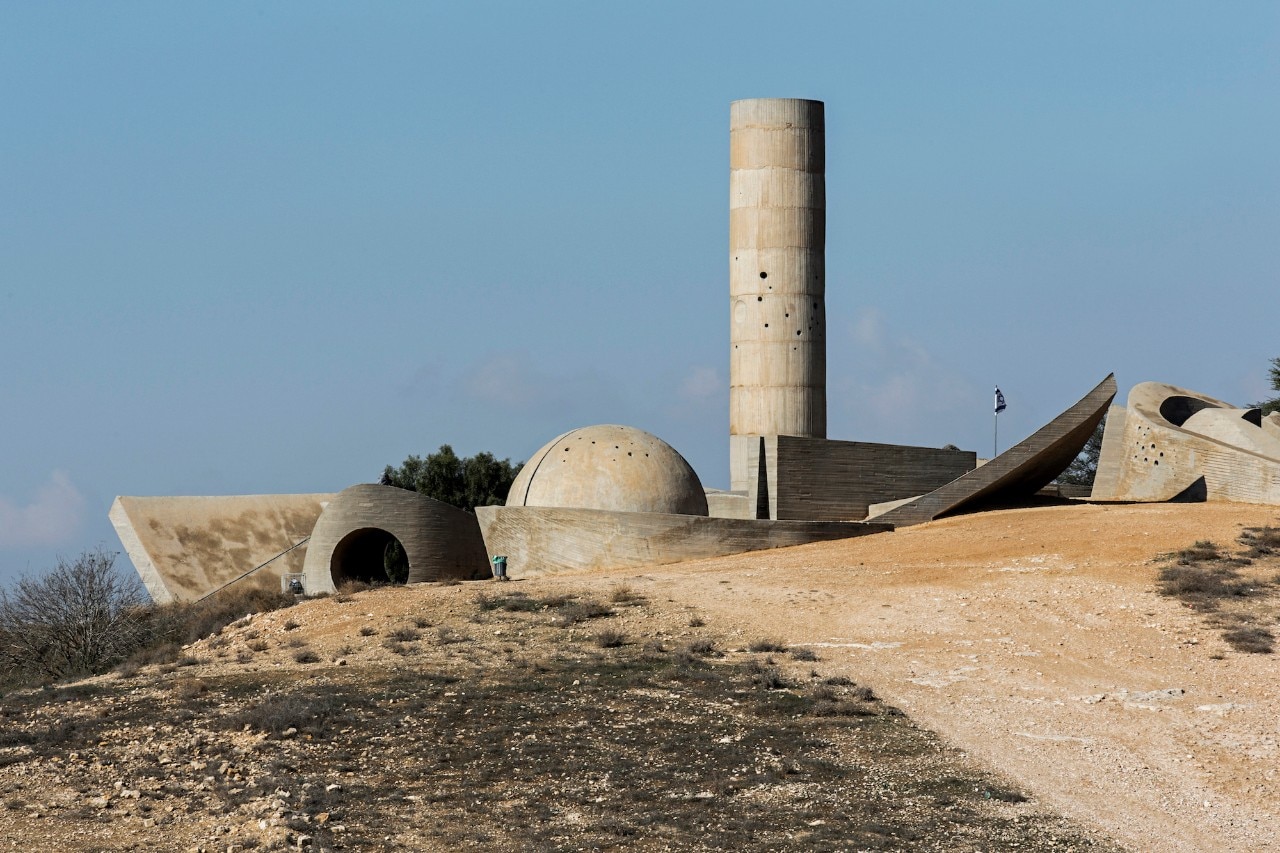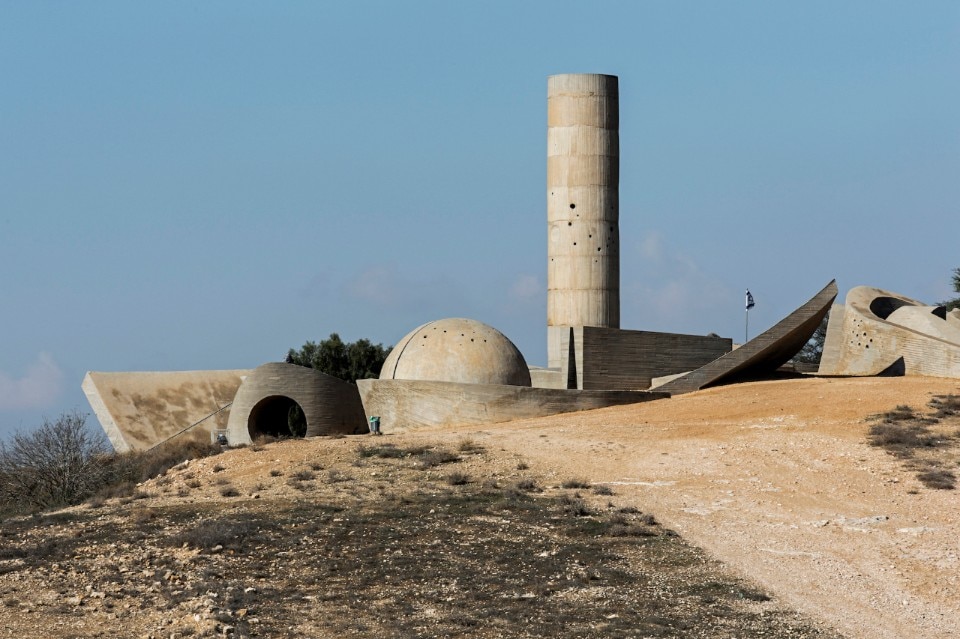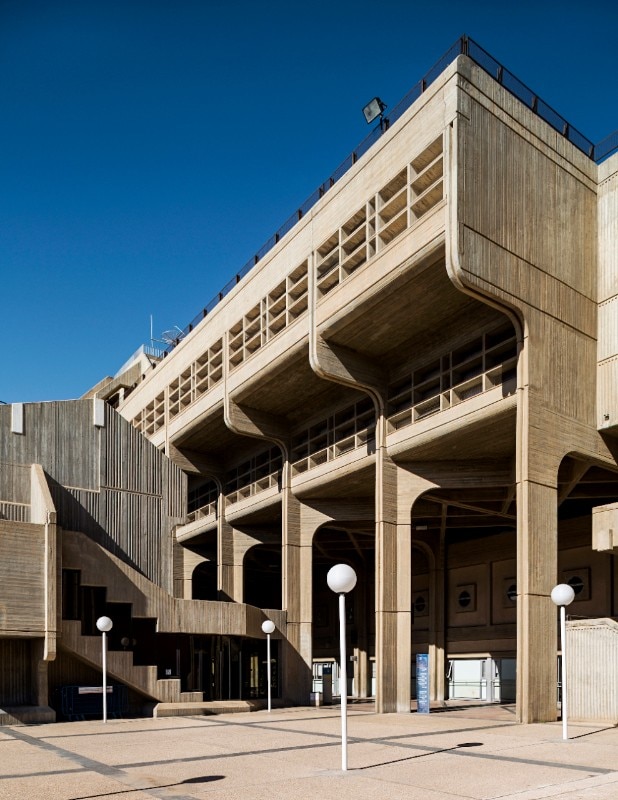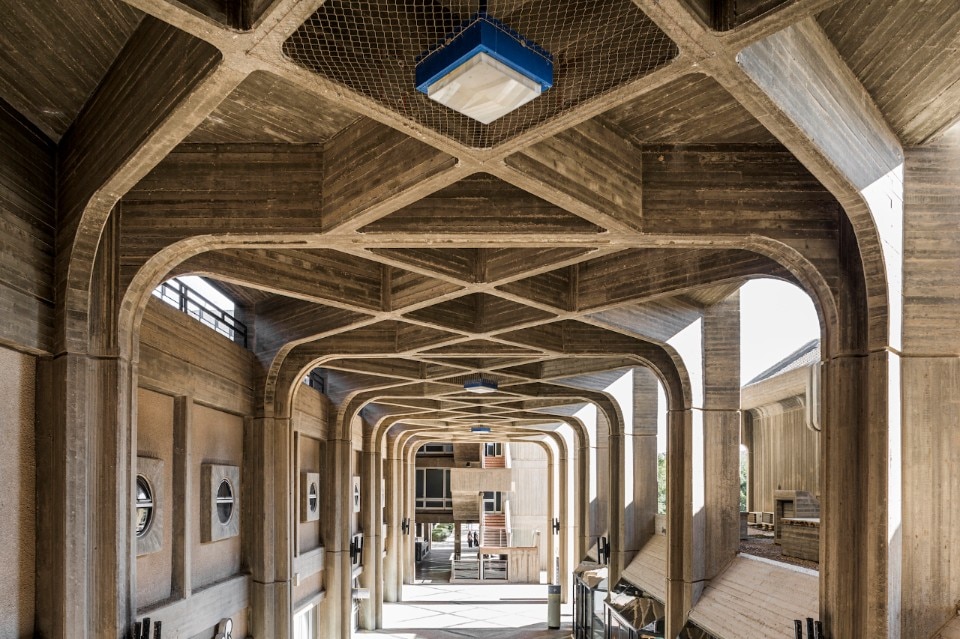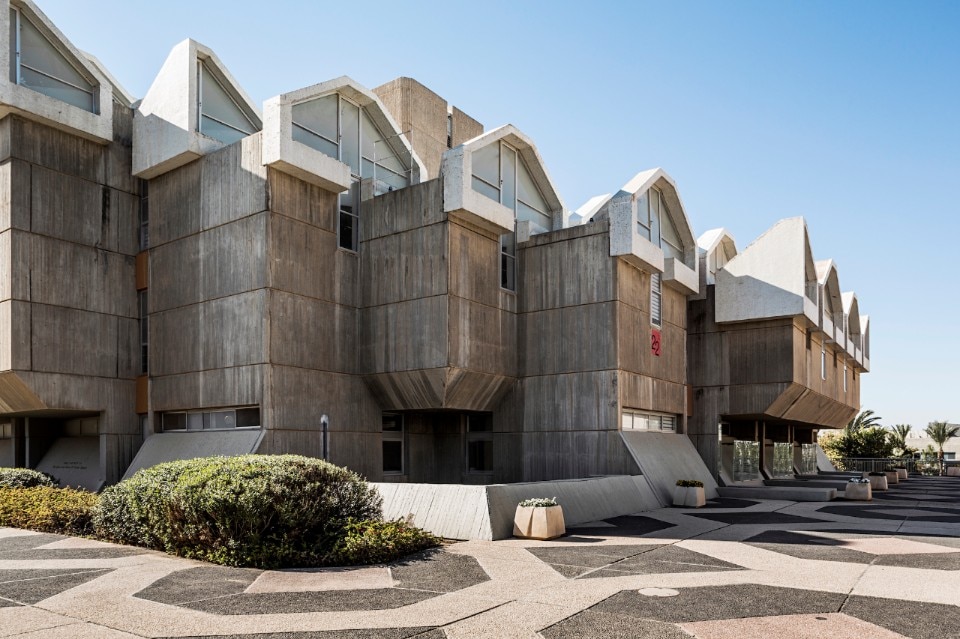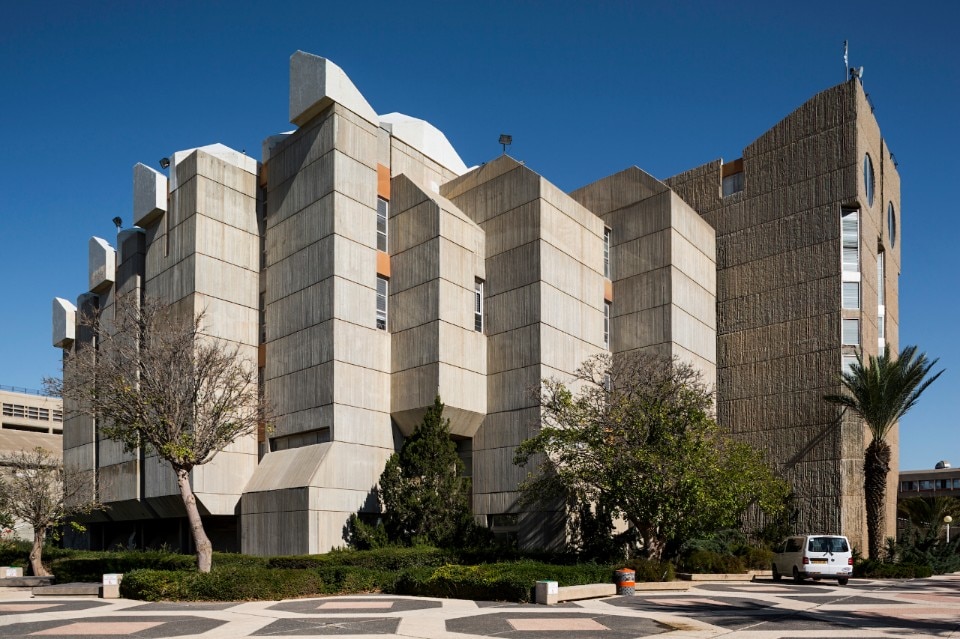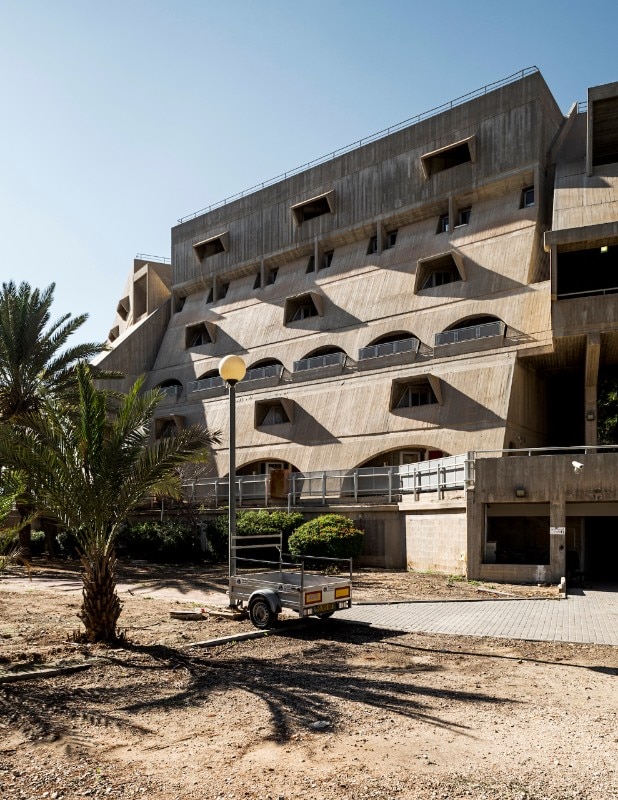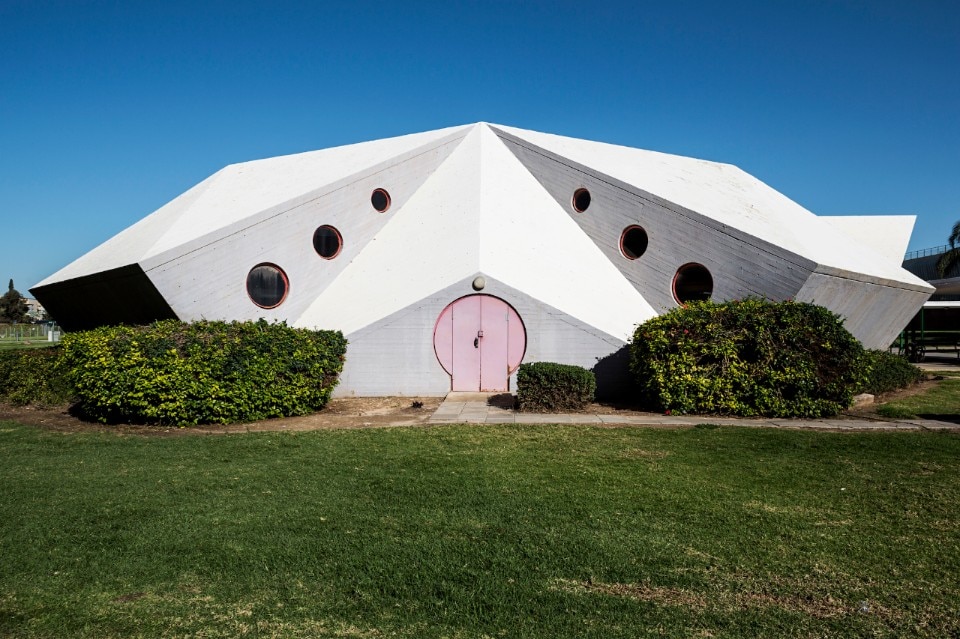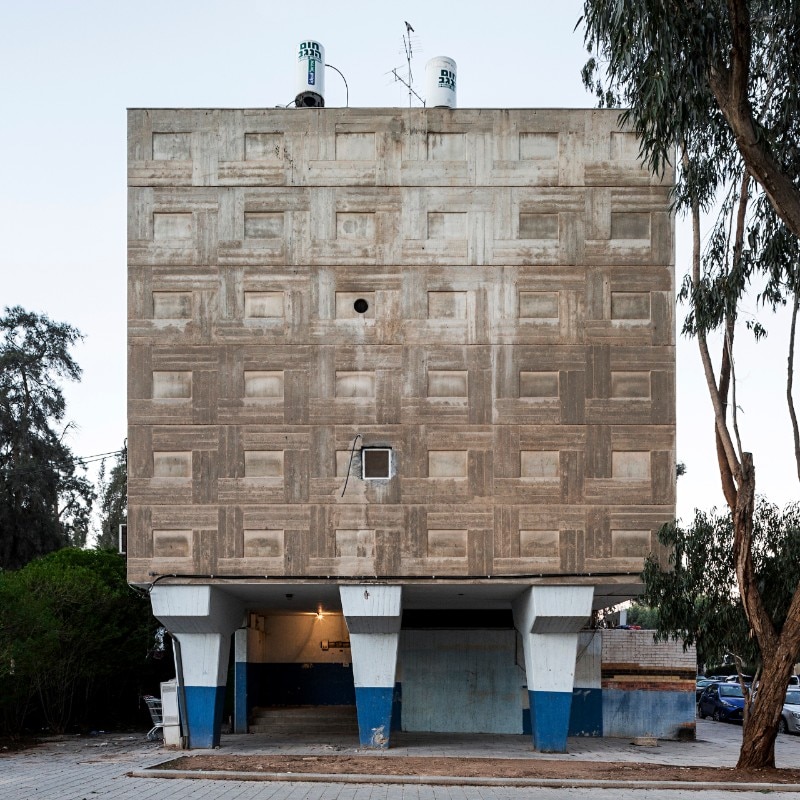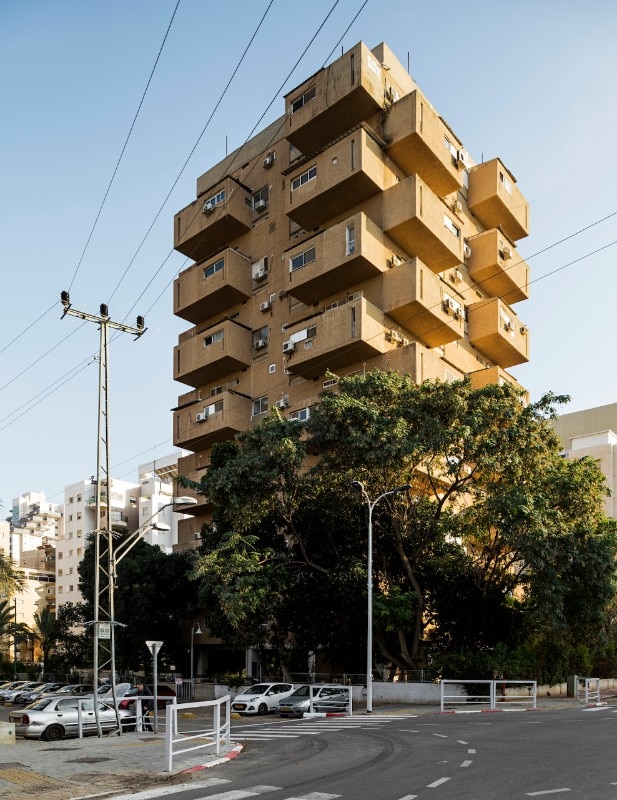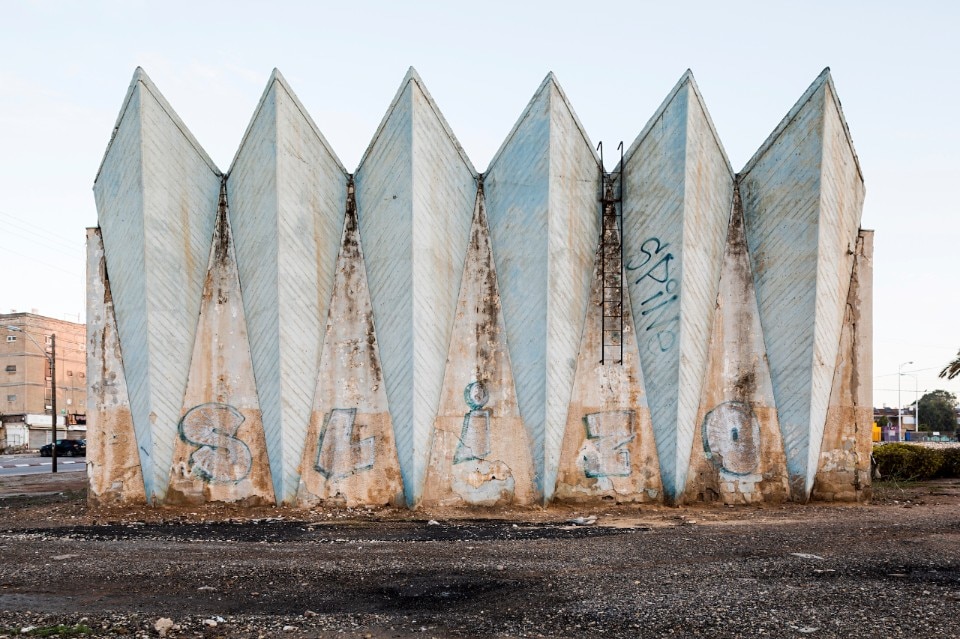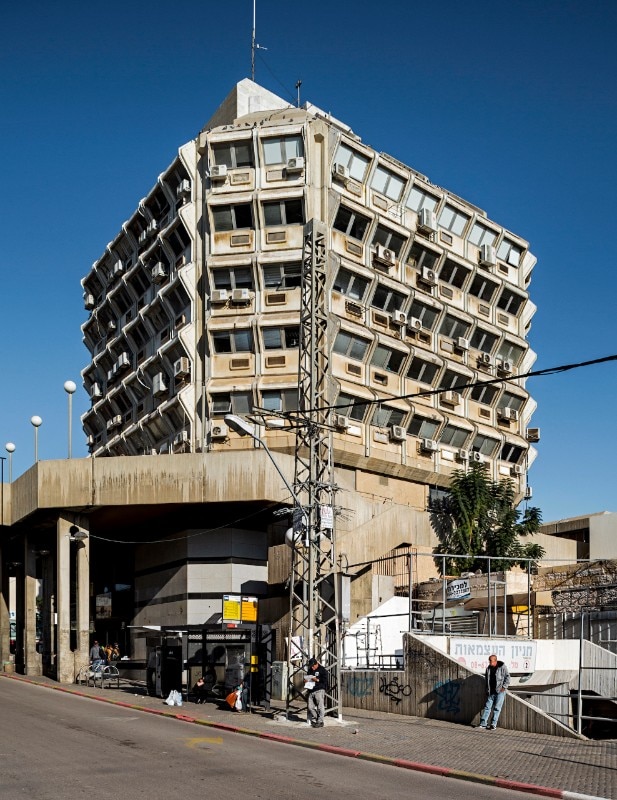Be’er Sheva, capital of the Southern District of Israel, has become the sixth most populous city in Israel after a fast growth inaugurated in 1948, the year of the founding and creation of the State of Israel. From that moment on, the government completely rebuilt the city, with the intention of turning it into the capital of the Negev desert.
In order to support the countless constructions planned in a short time, the State, the main building contractor, decided to make use of new construction technologies, fast and cheap, transforming Be’er Sheva into the symbol of Israeli brutalism.
The rapid increase in population density that had to sustain the city in the 1950s, infact, necessitated rapid housing solutions, making reinforced concrete the most suitable material for the needs of the period in a short time.
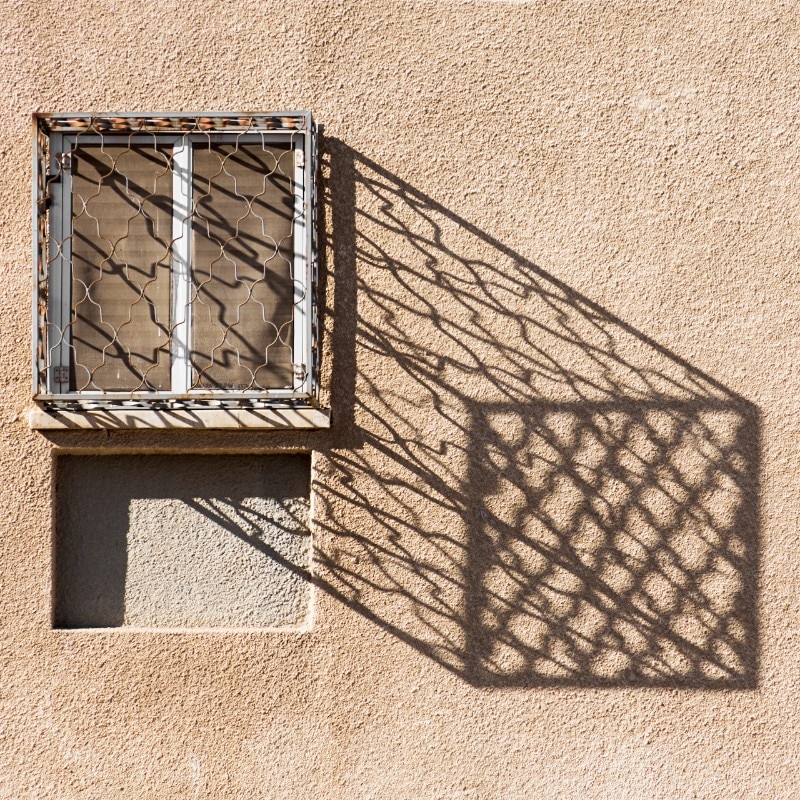
The plan for the new Be’er Sheva was designed by a group of young architects led by Arieh Sharon. Thus, between the late 1950s and early 1980s, a large number of buildings were built, not only residential, but also administrative, educational, cultural and entertainment buildings, projects characterized by the plastic forms carved into the massive reinforced concrete facades.
Although the material was known even before the creation of the State of Israel, concrete became the most widely used building material in the area only after the Palestine Partition Plan. Also in 1948 a factory for the production of Portland cement was built in Nesher and in 1953 a second one was built. The Jewish encyclopedia defines concrete as the most important material that can be produced entirely from the earth's resources.
Stefano Perego (1984) is an architecture photographer. During his career he has documented a large number of buildings in the former Soviet Union and in Eastern Europe, mostly in the Caucasus, in former Yugoslavia and in Central Asia.


